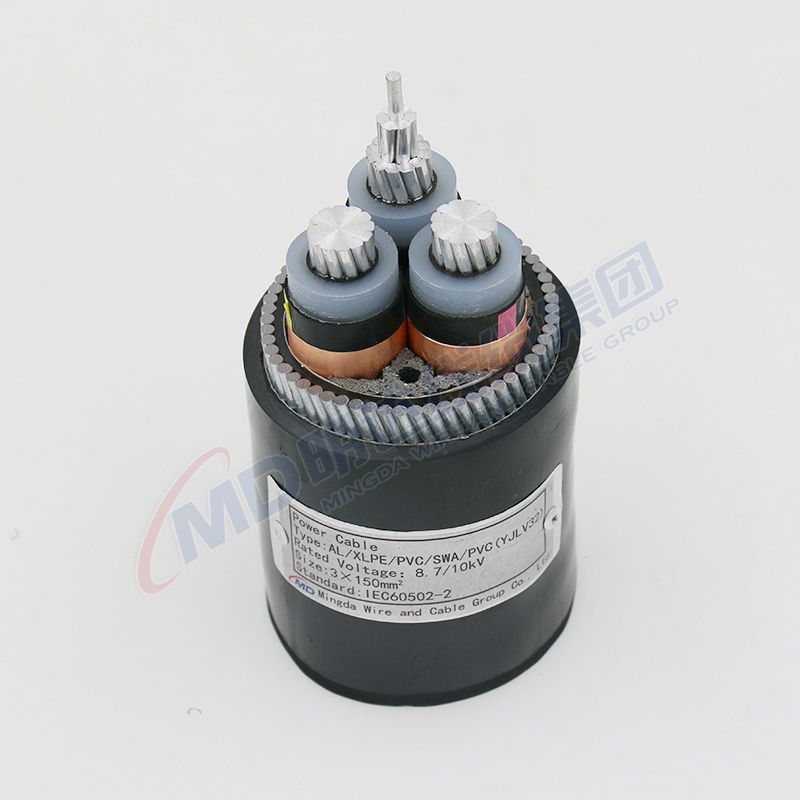10 月 . 22, 2024 06:39 Back to list
Understanding the Functionality and Applications of Gate Valves in Fluid Control Systems
Understanding Gate Valves and Their Applications in Industry
Gate valves, commonly referred to in the industry by their designation OS&Y (outside screw and yoke), are crucial components in various piping systems. These valves are primarily used to start or stop the flow of fluids but do not work well for throttling applications. This article explores the features, applications, and advantages of gate valves, providing a comprehensive understanding of their role in industrial settings.
What is a Gate Valve?
A gate valve is a type of valve that opens by lifting a gate out of the path of the fluid. The mechanism consists of two main parts the body, which houses the internal components, and the bonnet, which secures the body and contains the stem and the gate. The OS&Y design features a stem that rises with the gate, allowing for easy visibility of the valve's position. When the valve is fully open, the gate is completely withdrawn from the flow path, resulting in minimal pressure drop and unrestricted flow.
Features of Gate Valves
1. Design The OS&Y design allows the valve operator to visually confirm whether the valve is open or closed. The rising stem makes it easier to operate and maintain, especially in larger sizes where manual operation might be necessary. 2. Flow Characteristics Gate valves are designed to provide a straight-through flow path. This means that when fully opened, the valve does not impede the flow of fluid, resulting in low turbulence and minimal pressure loss.
3. Material Composition Gate valves can be made from a variety of materials, including brass, stainless steel, and cast iron. The choice of material depends on the application, including factors such as temperature, pressure, and the type of fluid being controlled.
4. Sealing Mechanism The sealing of gate valves is achieved through resilient materials like rubber or metal, ensuring that there are minimal leaks when the valve is closed.
Applications of Gate Valves
gate valve osy

Gate valves are prevalent in various industrial sectors, including water treatment, oil and gas, chemical production, and energy generation. Their design makes them suitable for applications that require
- Full Flow Since gate valves do not obstruct flow when open, they are ideal for use in pipes carrying large volumes of fluids. - On/Off Control These valves excel in applications where a quick transition between the open and closed states is vital, such as in emergency shutdown systems. - Isolation Applications They are commonly used in systems where it’s essential to isolate parts of the pipeline for maintenance, enabling servicing or repairs without draining the entire system.
Advantages of Gate Valves
1. Durability Gate valves are built to last, making them suitable for high-pressure and high-temperature applications. Their robust construction minimizes maintenance and replacement costs.
2. Low Resistance Due to their straight-through design, gate valves offer very little resistance to flow, making them energy-efficient and effective in large-scale operations.
3. Versatility They can be used in a wide range of applications and environments, from residential plumbing to large industrial water systems.
Conclusion
In conclusion, gate valves, particularly the OS&Y type, play a vital role in controlling the flow of fluids in various industries. Their straightforward design, ability to provide full flow, and reliability make them an excellent choice for a multitude of applications. Understanding the functionality and advantages of gate valves allows engineers and operators to make informed decisions regarding fluid control systems, ensuring efficiency and safety in operations. As industries continue to evolve, the significance of gate valves in pipeline management will undoubtedly remain steadfast.
Share
-
Understanding the Differences Between Wafer Type Butterfly Valve and Lugged Butterfly ValveNewsOct.25,2024
-
The Efficiency of Wafer Type Butterfly Valve and Lugged Butterfly ValveNewsOct.25,2024
-
The Ultimate Guide to Industrial Swing Check Valve: Performance, Installation, and MaintenanceNewsOct.25,2024
-
Superior Performance with Industrial Swing Check Valve: The Essential Valve for Any SystemNewsOct.25,2024
-
Industrial Swing Check Valve: The Ideal Solution for Flow ControlNewsOct.25,2024
-
You Need to Know About Industrial Swing Check Valve: Functionality, Scope, and PerformanceNewsOct.25,2024